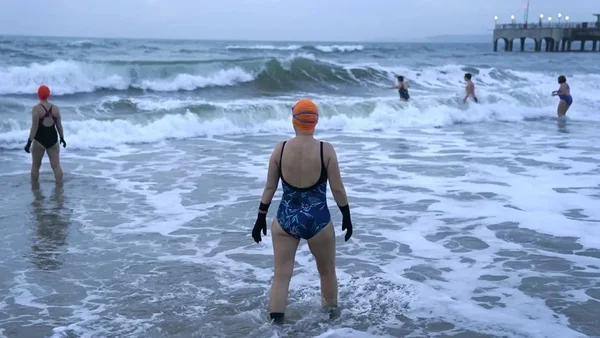Renu Modi learnt all about scale, light, shadows and angles from M.F. Husain. In fact, it was the legendary artist who encouraged her to open her own art gallery in Delhi 35 years ago. Husain named it Gallery Espace, designed its logo with his distinctive horse, and ensured the first exhibition in 1989 was of his autobiographical watercolours.
Not surprisingly, he also designed her house back then. The day before the exhibition opened, Husain invited his friends to Modi’s house for an unofficial preview. “People would tell me that you have powerful friends,” she recalls with a laugh, adding that to her he was just a loyal friend.

Renu Modi and M.F. Husain
Painting walls and having fun
As a self-taught gallerist with no formal education in art, Modi, 67, has always relied on her intuition — and the relationships she nurtured with artists such as Husain, which helped shape her perspective. On the 35th anniversary of Gallery Espace, she looks back at a large roster of shows of note, art addas (informal discussions at the fringes of exhibitions), and new talents. Prominent names such as Manjunath Kamath and Subodh Gupta started their artistic careers at her gallery. “Pakistani artist Talha Rathore showcased for the first time in India at our gallery, as did Ali Kazim,” she says, recalling his layered, textured watercolours.
One of their biggest shows, The Self and The World (1997) curated by art critic Gayatri Sinha, brought together 16 Indian women artists, from Amrita Sher-Gil to Anjolie Ela Menon. Modi shares how it was the result of several discussions with artists such as Manjit Bawa and Husain about the need to showcase more women.
But she’s had the most fun with shows that have been more instinctual. In 2010, when Kamath asked her if he could paint on the gallery’s walls and turn it into a mini studio, she agreed. “That was the kind of understanding we had,” she says. Artists such as Chitra Ganesh and Ishita Chakraborty have also used these walls to create art.

Manjit Bawa working at the gallery
A new ecosystem
Over the years, Modi has been a witness and active participant in the evolution of the Indian art ecosystem — from when “art was not really seen as an investment; it did not exist as a market”, to the present when collectors are well-informed, thanks to exposure through increased travel, spending power, and the “amount of information available online”.
The presence of younger gallerists, artists, and trained curators, she says, is also contributing to the change. Their ongoing exhibition, Ancestral Futures, a part of their anniversary celebrations, is a good example. Swiss curator Damien Christinger offers not only a retrospective of the gallery’s journey, but also looks to the future through contemporary art practices. There’s commentary on the present — “Sonia Mehra Chawla showcases the post-colonisation tea and jute industry of Bengal; Ravi Agarwal looks at our changing environment” — and shared storytelling that loops back to the past.

A photo installation by Sonia Mehra Chawla at Ancestral Futures

Ravi Agarwal’s artwork
For instance, Christinger invited artists to reimagine the 1989 poster of Husain’s show. A wall is dedicated to its various interpretations: from Delhi-based photography studio Maze Collective Studio’s deconstruction, where founder-artist Ashish Sahoo collages it with superimposed images of a woman dressed as Gaja Gamini (the protagonist of Husain’s eponymous film starring Madhuri Dixit), to visual artist Uzma Mohsin, who cut up the poster and spliced it with other images, including Husain’s face.

Husain’s original poster from 1989

Reimagined versions of the poster
Gayatri’s Sinha’s curation for the anniversary, Memory Fields, reflects the gallery’s ‘transformative journey in Indian contemporary art’. From Anupam Sud and Sudarshan Shetty, to Madan Lal and Nagji Patel, the lineup comprises 38 artists whose contributions have been important to Gallery Espace’s influence and vision.
How to spot an artist
Modi says she still relies on intuition. However, she adds that intuition also comes from years of honing her eye. “The market is not my focal point for selecting an artist. I look at what they have done and are doing. I look at their drawing practice and their thought process, and I ask, ‘Why are they doing what they are doing?’”

Renu Modi
In this digital age, when avenues are plenty, she believes galleries are still the most important link — as they represent artists and take them forward. “Once Husain and I were in Dubai, and he told me, ‘I don’t need any of you [galleries], but what all of you have done for me when I was growing, is something I could not have done myself.” The same holds true now.
The Delhi-based writer covers art, culture, theatre, food and travel.
Published - November 29, 2024 10:30 am IST



